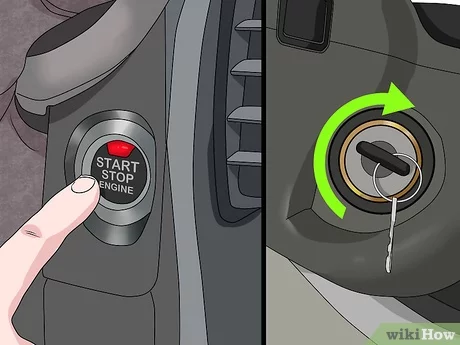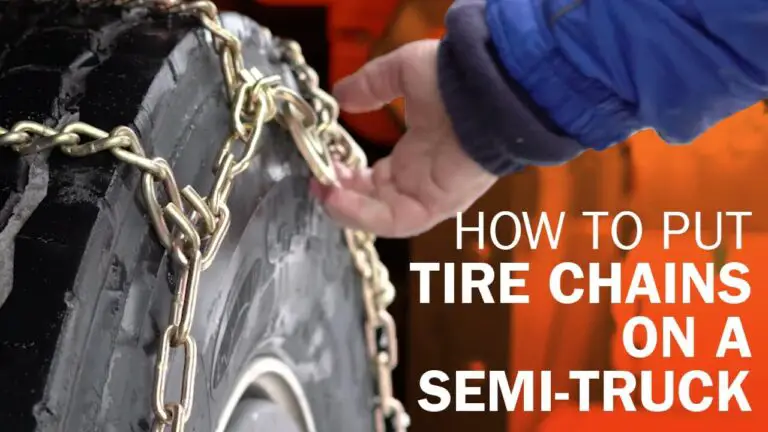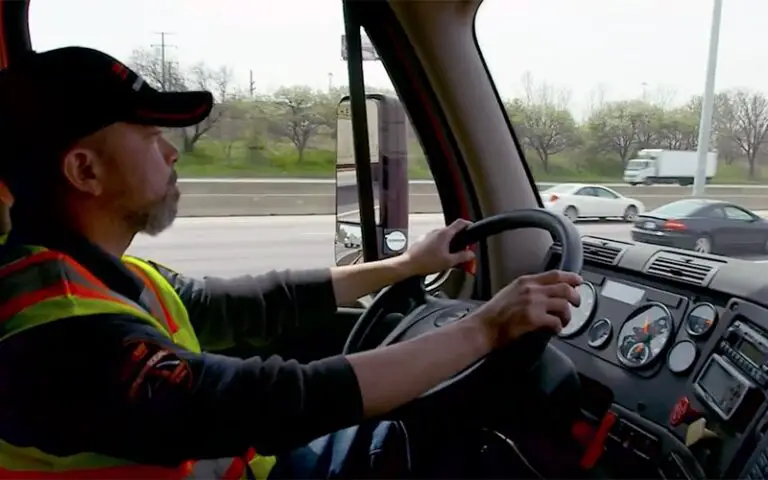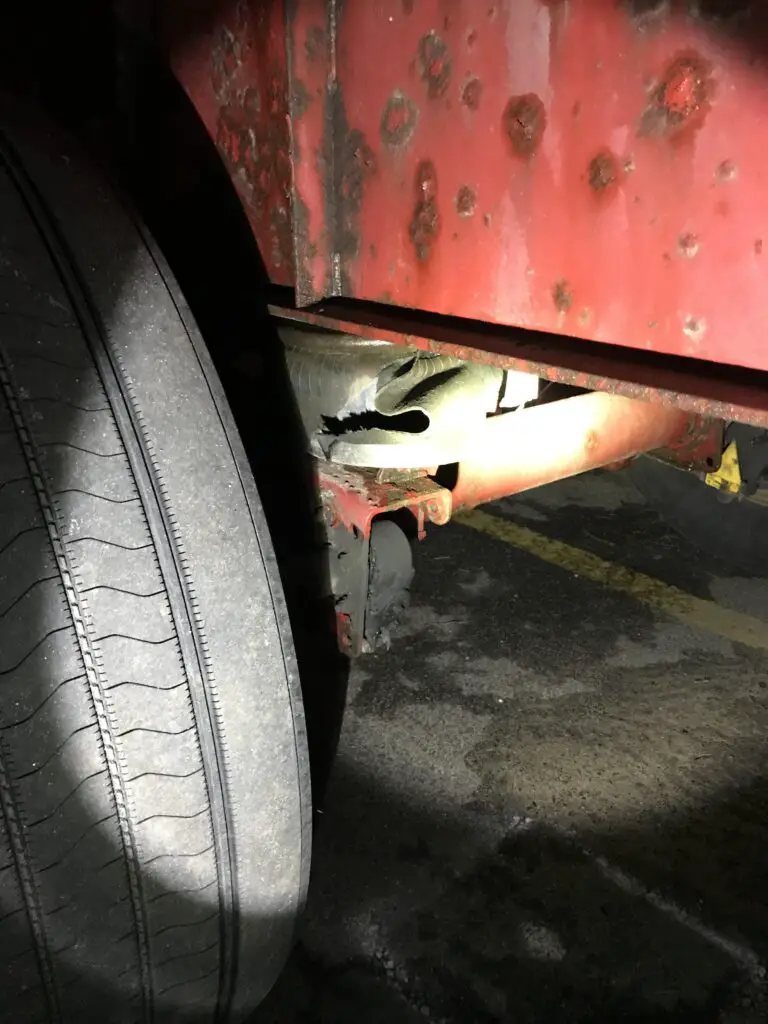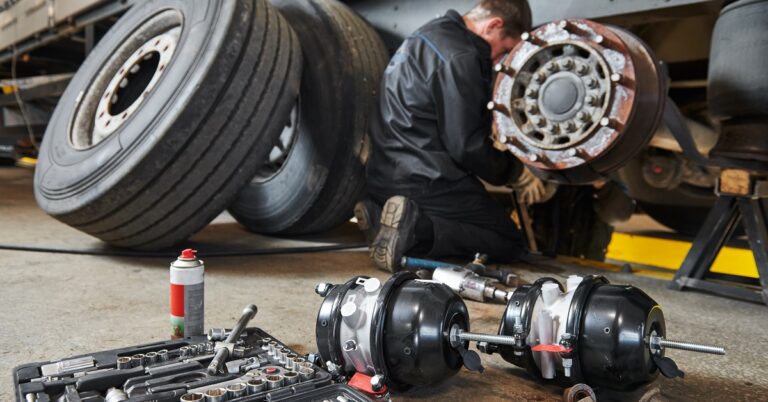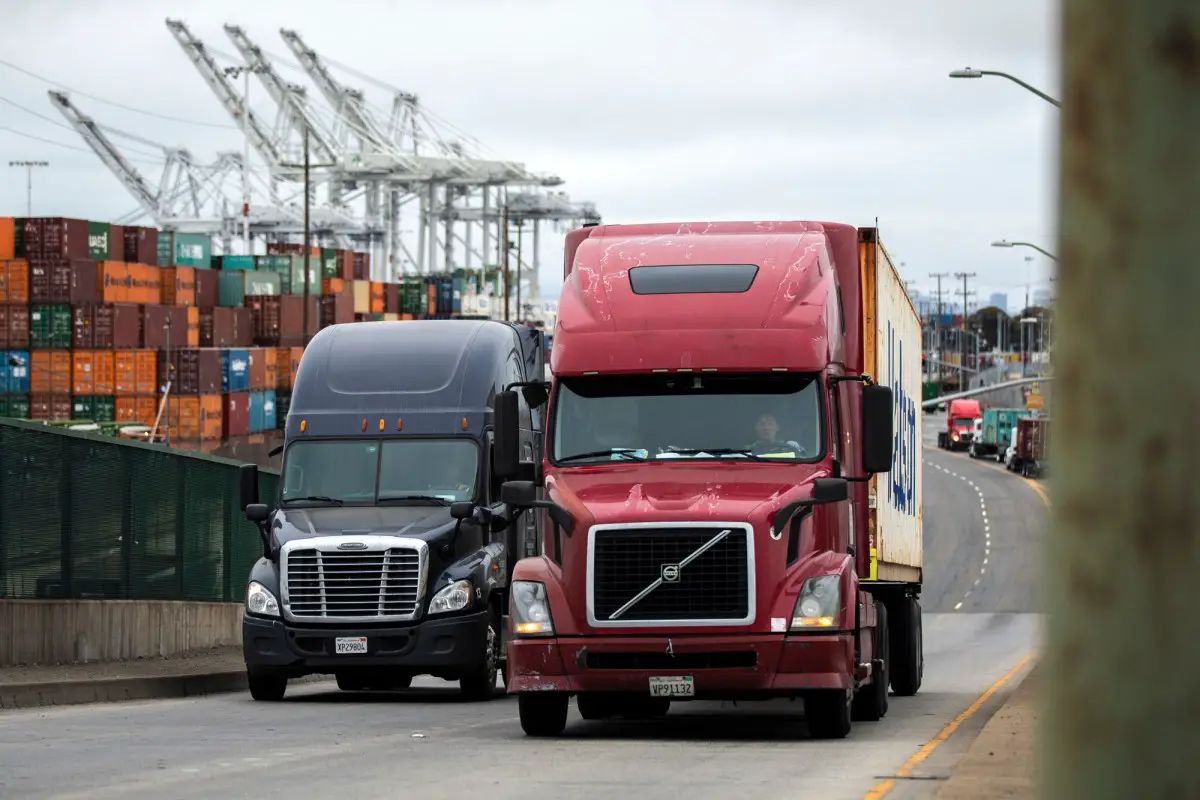
Semi trucks with model years 2011 and newer are allowed in California. This regulation is part of the state’s truck and bus regulation to reduce air pollution.
California has set strict emission standards for semi trucks entering the state to help improve air quality and public health. The regulations aim to encourage the use of cleaner and more fuel-efficient vehicles, ultimately reducing greenhouse gas emissions and improving air quality.
By requiring newer model years, California can ensure that trucks operating within the state meet higher environmental standards. This is an essential step in addressing air pollution concerns and promoting sustainable transportation practices in California.
Navigate As You Want: [show]
California’s Regulations On Semi Trucks
California allows semi trucks that are four model years old or newer on its roads. This regulation helps reduce emissions and ensures better fuel efficiency. Operating newer trucks aligns with California’s efforts to improve air quality and protect the environment.
| California’s Regulations on Semi Trucks | |
|---|---|
| Emission Standards for Semi Trucks | Year Restrictions for Semi Trucks |
| California has implemented strict emission standards for semi trucks to improve air quality. | Semi trucks must meet certain year restrictions to operate legally in California. |
| According to the California Air Resources Board (CARB), semi trucks must comply with their Truck and Bus Regulation. | The regulation requires that trucks either be 2010 model year and newer or have equivalent emissions control equipment. |
| Semi trucks with older model years can be retrofit with Verified Diesel Emission Control Strategies (VDECS) to meet the standards. | However, there are also exemptions and extensions for certain limited-use and low-use vehicles. |
| It’s important for truck owners and operators to stay informed on the latest regulations and ensure their vehicles are compliant. | Violations can result in penalties, fines, and potential vehicle impoundment. |
Emission Standards For Semi Trucks
California’s emission standards for semi trucks are among the most stringent in the country. Trucks that are compliant with 2010 or newer emission standards are allowed to operate in California. The state’s aim is to reduce pollution from heavy-duty vehicles and improve air quality. This has led to a significant impact on the trucking industry, as companies need to invest in newer, more environmentally friendly trucks to comply with the regulations. The transition to these newer trucks has financial implications for trucking companies but also brings environmental benefits. It is crucial for businesses in the trucking industry to stay informed about these emission standards and plan for compliance to operate effectively in California.
Overview Of California’s Emission Standards
California’s emission standards dictate that semi trucks older than specific model years are not allowed on the roads. Currently, semi trucks are required to meet more stringent emission standards, with the specific year dependent on the type of truck. This helps reduce air pollution and improve overall air quality in the state.
| Overview of California’s Emission Standards |
| California’s Push for Cleaner Air |
| California has been implementing strict emission standards to combat air pollution. This includes regulations for heavy-duty vehicles, such as semi trucks. |
| Emission Standards for Heavy-Duty Vehicles |
| For heavy-duty vehicles like semi trucks, California requires adherence to stringent emission limits. These standards are continually updated and aim to reduce harmful pollutants. |
| Compliance Requirements for Semi Trucks |
| Semi truck operators must ensure compliance with California’s emission standards. This may involve installing advanced emissions control systems and regular inspections to meet the state’s regulatory requirements. |

Credit: www.freightwaves.com
Impacts Of Emission Standards On Trucking Industry
The implementation of emission standards in California has had a significant impact on the trucking industry. Trucking companies have faced numerous challenges as they strive to comply with these stringent regulations. One of the primary hurdles is the need to upgrade their fleet with newer models that meet the required emission standards. This can be a substantial financial burden, especially for smaller trucking businesses.
However, there are benefits to be gained by complying with these emission standards. Not only do they contribute to improving air quality, but they also enhance the public image of trucking companies that are committed to environmental sustainability. Additionally, complying with emission standards can lead to cost savings in the long run, as newer trucks are often more fuel efficient.
In conclusion, while the challenges faced by trucking companies in meeting emission standards are substantial, the benefits of compliance outweigh the initial investment. By embracing these regulations, the trucking industry in California can contribute to a cleaner and more sustainable future.
Year Restrictions For Semi Trucks
Year restrictions for semi trucks in California are in place to ensure the safety of drivers, reduce emissions, and comply with environmental regulations. The restrictions apply to the model year of the trucks, and only allow trucks that meet certain emission standards to operate on California roads. These limitations aim to encourage truck owners to upgrade to newer and more fuel-efficient models, which in turn reduces the overall carbon footprint of the trucking industry. By implementing year restrictions, California strives to improve air quality and protect the environment from harmful pollutants. The specific year restrictions may vary, so it is essential for truck owners to stay informed about the regulations and ensure their vehicles comply with the necessary standards.
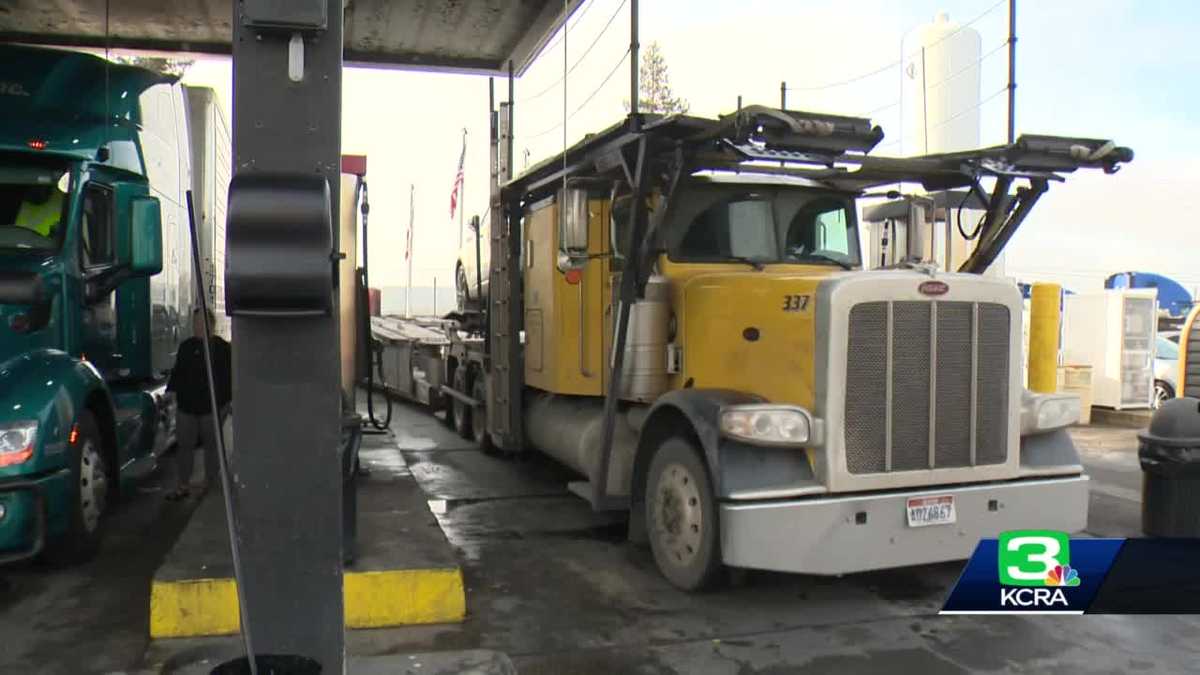
Credit: www.kcra.com
Reasons Behind Year Restrictions
California has set year restrictions on the operation of semi trucks in the state with the aim of reducing emissions and improving air quality. The reasons behind these restrictions are multifaceted. Firstly, by limiting the use of older trucks, which often have higher emission levels, the state can significantly reduce its overall carbon footprint. Secondly, these restrictions promote the adoption of newer and cleaner models, incentivizing truck owners to invest in vehicles that comply with the latest emission standards. This shift towards cleaner trucks will contribute to better air quality and help combat climate change. Additionally, the year restrictions encourage the development and advancement of technology in the trucking industry, leading to the continuous improvement of fuel efficiency and environmental performance. Overall, these regulations play a crucial role in California’s efforts to create a more sustainable transportation sector.
Year Limitations On Semi Truck Models
California has year limitations on the models of semi trucks allowed in the state. It is important to understand these limitations to ensure compliance with the law. Trucks must meet certain age requirements to be eligible for operation in California.
Trucks that are manufactured after the year limitation set by the state are subject to exemption and exceptions. The specifics and details regarding these exemptions can vary depending on various factors such as the type of truck, its purpose, and its emissions ratings.
It is crucial for truck owners and operators to familiarize themselves with these rules and regulations to avoid any potential penalties or disruptions to their operations. Adhering to the age limit restrictions and understanding the exemptions and exceptions applicable to specific truck categories will help ensure smooth and legal operations within the state.
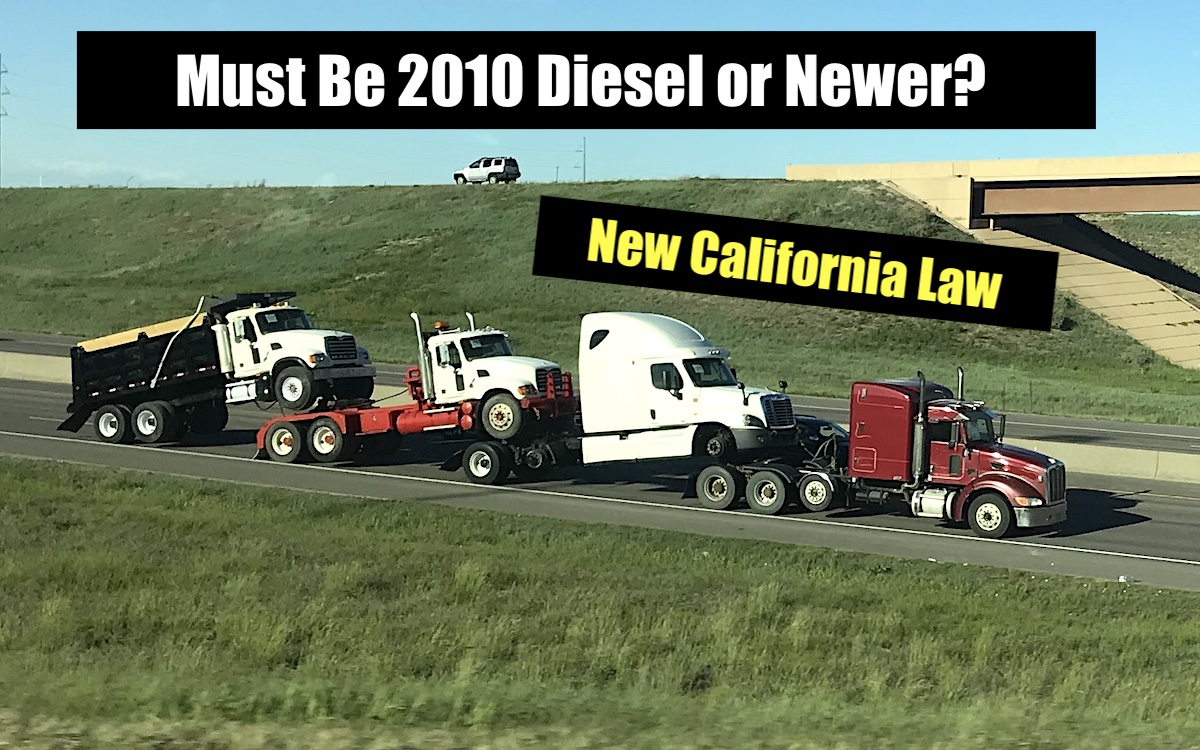
Credit: tfltruck.com
Frequently Asked Questions On What Year Semi Trucks Are Allowed In California
What Year Semi Trucks Are Allowed In California?
In California, semi trucks must comply with the California Air Resources Board (CARB) regulations. Currently, the minimum emissions requirement for heavy-duty diesel trucks is 2010 or newer. Older trucks may need to be retrofitted or replaced to meet the emission standards.
It is always recommended to check the latest CARB regulations for the most up-to-date information.
Conclusion
To summarize, understanding the regulations on semi trucks in California is crucial for trucking companies and drivers. By adhering to the California Air Resources Board (CARB) regulations, which primarily focus on reducing emissions, you can ensure that your semi truck is compliant and legal on Californian roads.
It is important to stay informed and up-to-date on any changes in regulations to avoid unnecessary penalties and maintain a positive impact on the environment. So, whether you’re planning to purchase a new semi truck or already own one, make sure to comply with the specific year requirements set by CARB to operate in California.
